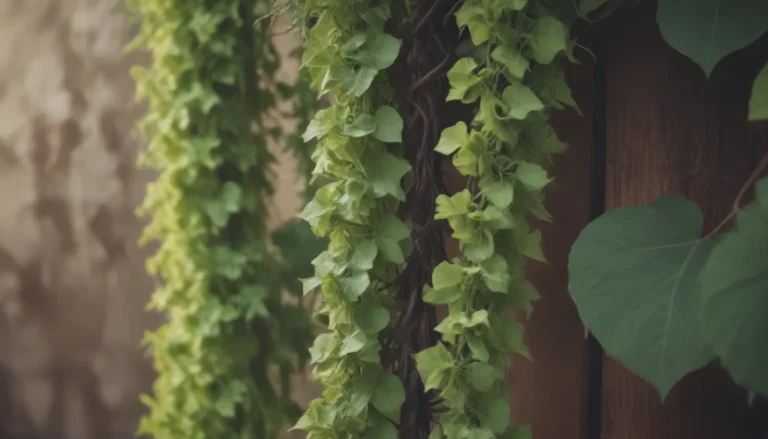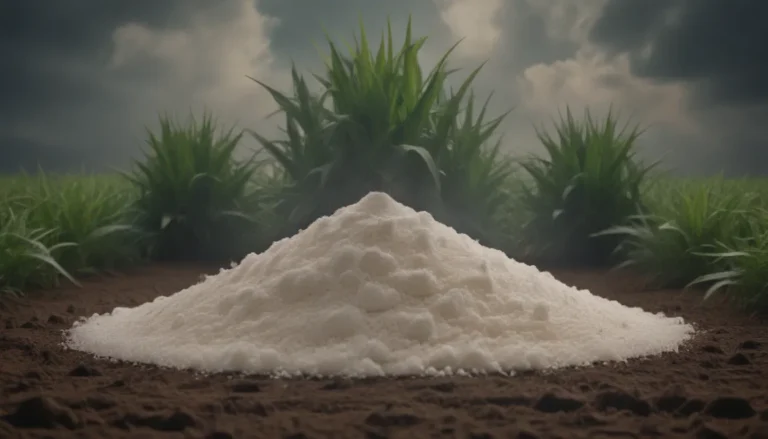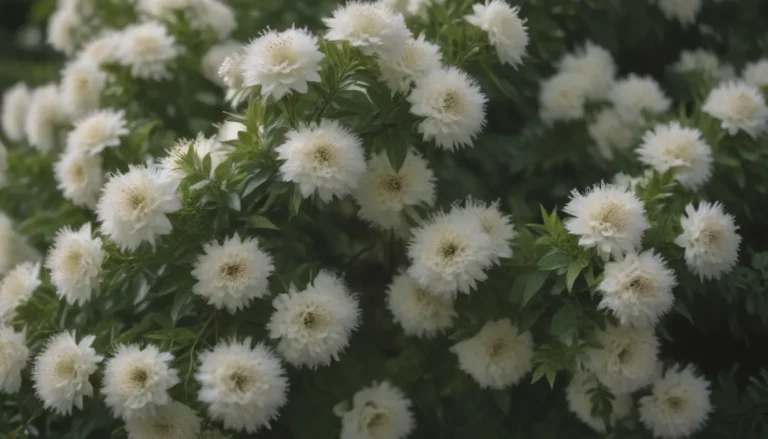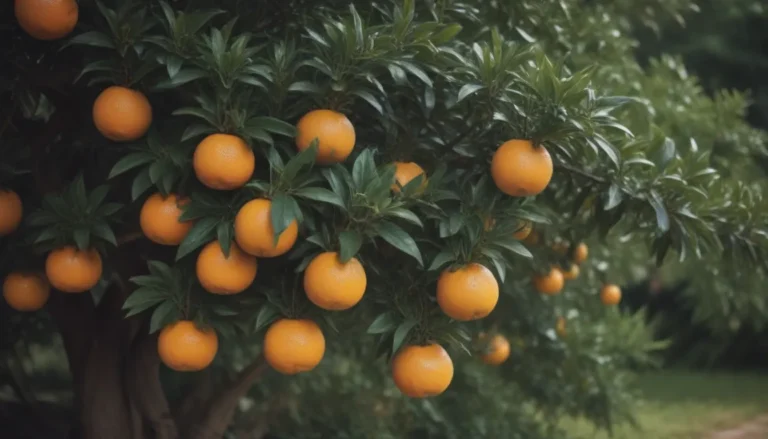Comprehensive Guide to Growing and Caring for Holy Basil
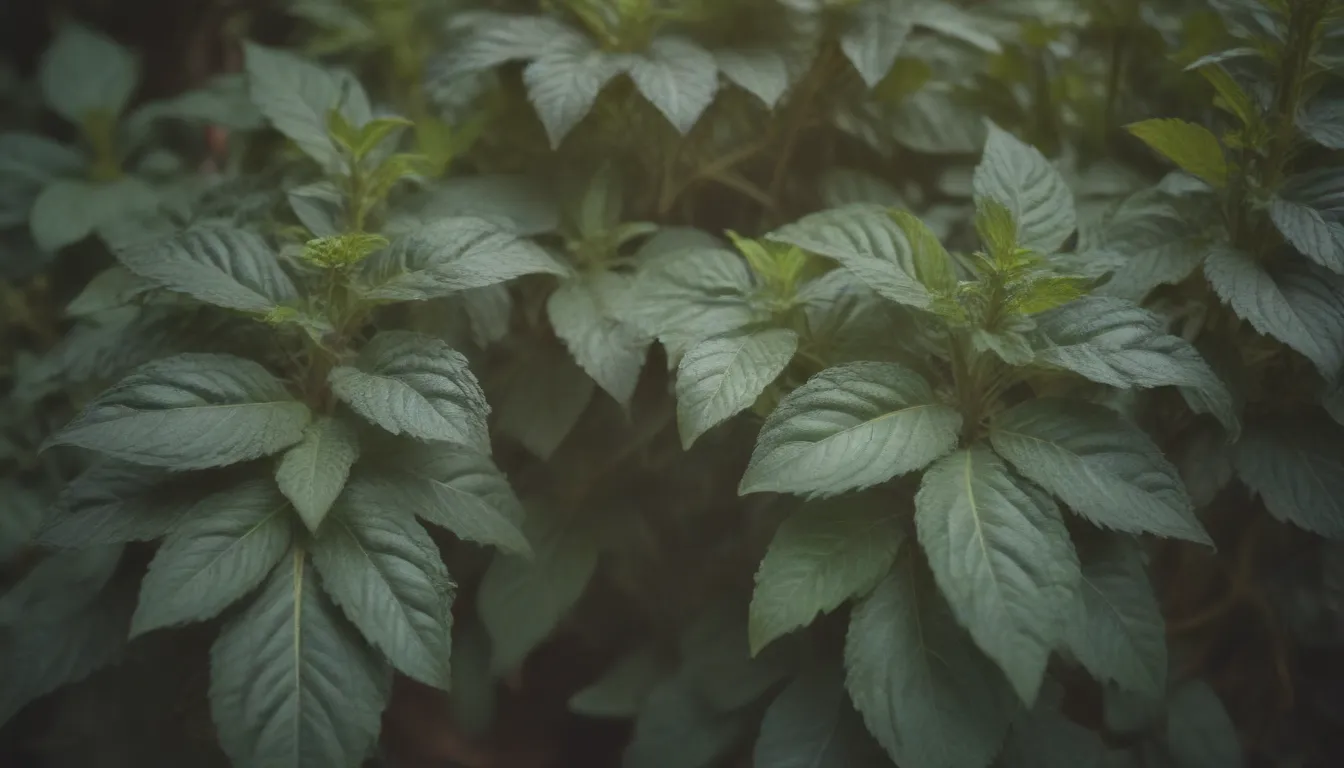
Welcome to our in-depth guide on how to grow and care for holy basil, also known as Tulsi. In this article, we will explore everything you need to know about this wonder herb – from its different varieties to the best practices for cultivating it. Whether you are a seasoned gardener or a beginner looking to add this herb to your collection, we’ve got you covered with valuable information and tips.
What is Holy Basil?
Before diving into the details of growing and caring for holy basil, let’s take a moment to understand this herb a bit better. Holy basil, also known as Tulsi, is a member of the mint family (Lamiaceae) and is native to Southeast Asia. It is commonly used in Ayurveda, traditional medicine in India, to make healing teas, oils, and poultices. Holy basil can be two different herbs, Ocimum gratissimum, or Ocimum tenuiflorum, and is often referred to as “The Queen of Herbs” for its numerous health benefits.
Benefits of Growing Holy Basil
- Medicinal purposes: Holy basil is known for its medicinal properties, including its ability to reduce stress, boost immunity, and promote overall well-being.
- Culinary uses: Holy basil adds a unique flavor to dishes and can be used in a variety of recipes, from teas to pesto.
- Aesthetic appeal: With its attractive foliage, flowers, and aromatic scent, holy basil can enhance the beauty of your garden or indoor space.
- Spiritual significance: In many cultures, holy basil is considered a sacred herb and is used in rituals and ceremonies.
Holy Basil Care
Now, let’s delve into the essential aspects of caring for holy basil to ensure it thrives in your garden or as a houseplant. Whether you choose to grow it from seed, cuttings, or transplant seedlings, these tips will help you cultivate healthy and abundant holy basil.
Light
Giving Holy basil plenty of sunlight is crucial for its growth. Ensure it receives at least 6-8 hours of sunlight per day to promote large, healthy leaves. While the plant can tolerate some shade, excessive shade can lead to a decline in growth.
Soil
Holy basil thrives in light, airy soil that is rich in nutrients. A silty loam soil type is ideal, as it retains some moisture while also allowing for proper drainage. If your soil has drainage issues, consider amending it with perlite to improve drainage. For container or raised bed planting, a mix of peat moss, compost, and perlite works well.
Water
Maintaining the right level of moisture is key to growing healthy holy basil. Keep the soil moist but not waterlogged, as overly wet soil can lead to root rot. Additionally, be mindful of splashing water on the leaves, as this can spread diseases like basil downy mildew. Consider using soaker hoses or drip irrigation systems to water the plant effectively.
Temperature and Humidity
Holy basil thrives in warm, tropical conditions, with an average temperature of around 70 degrees Fahrenheit. If you live in cooler climates, consider growing holy basil as an annual or moving it indoors during the colder months. The plant can survive in USDA zones 10b to 11 but can be grown indoors in any zone.
Fertilizer
Unlike other plants, holy basil does not require regular fertilization. Planting it in nutrient-rich soil and amending the soil with compost or aged manure is sufficient for its growth. Avoid over-fertilizing, as it can lead to excessive foliage growth and reduced flavor concentration in the leaves.
Varieties of Holy Basil
There are several varieties of holy basil, each with its unique characteristics and uses. Here are some popular varieties you might consider growing in your garden:
- Rama tulsi: Known for its cooling properties and soothing aroma.
- Krishna tulsi: Rich in antioxidants and commonly used in Ayurvedic medicine.
- Kapoor tulsi: Has a strong aroma and is used in cooking and herbal remedies.
- Amrita tulsi: Considered the most potent variety for medicinal purposes.
- Vana tulsi: Has a wild, robust flavor and is often used in teas and medicinal preparations.
Propagating Holy Basil
If you’re interested in propagating holy basil, here are some tips for starting this herb from seed or cuttings:
- To grow holy basil from seed, sow seeds indoors 4-6 weeks before the last frost date. Use a good quality seed starting mix and provide warmth for germination.
- For propagating holy basil from cuttings, take a 6-inch cutting below a leaf node and place it in water until roots develop. Transplant the cutting into potting soil once roots have formed.
In conclusion, growing and caring for holy basil can be a rewarding experience, whether you’re interested in its medicinal properties, culinary uses, or aesthetic appeal. By following the tips outlined in this guide, you can cultivate healthy, thriving holy basil plants that will enhance your garden or indoor space. Happy gardening!

